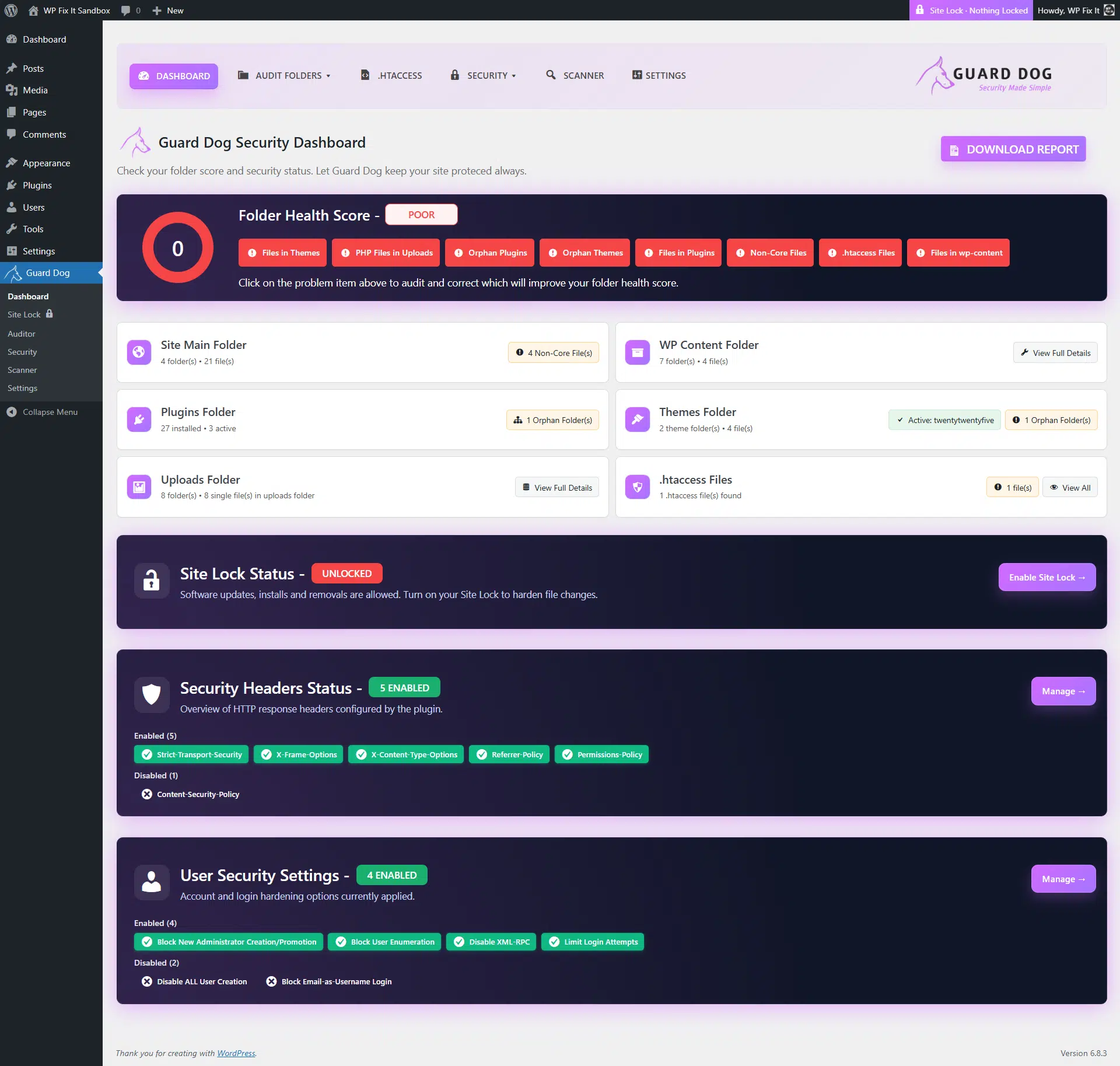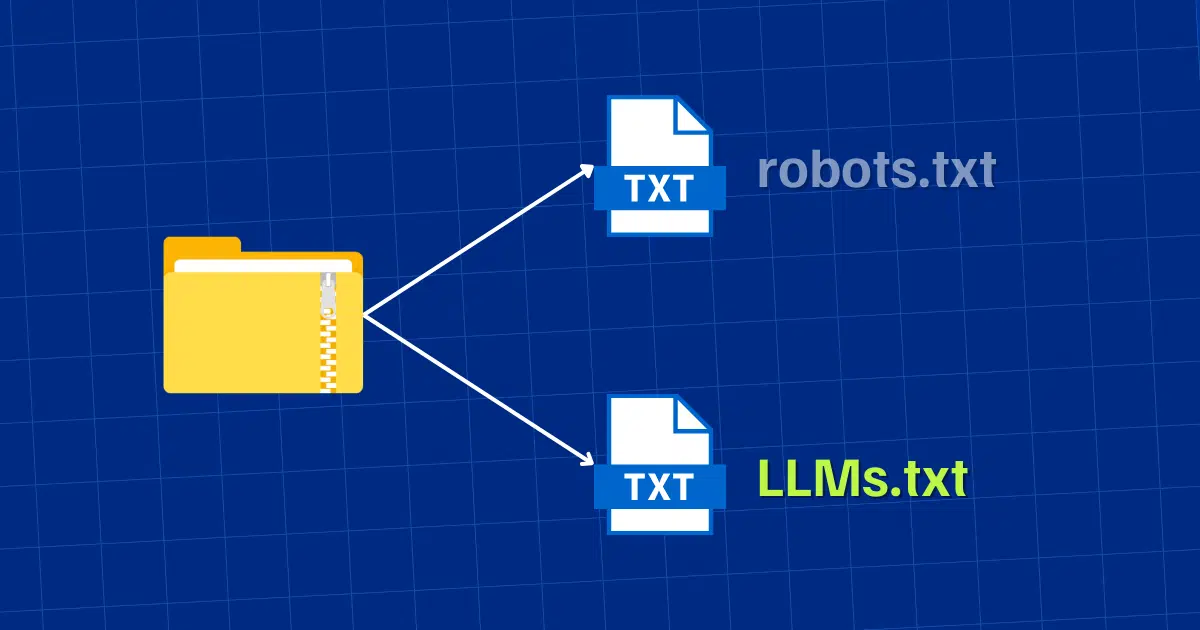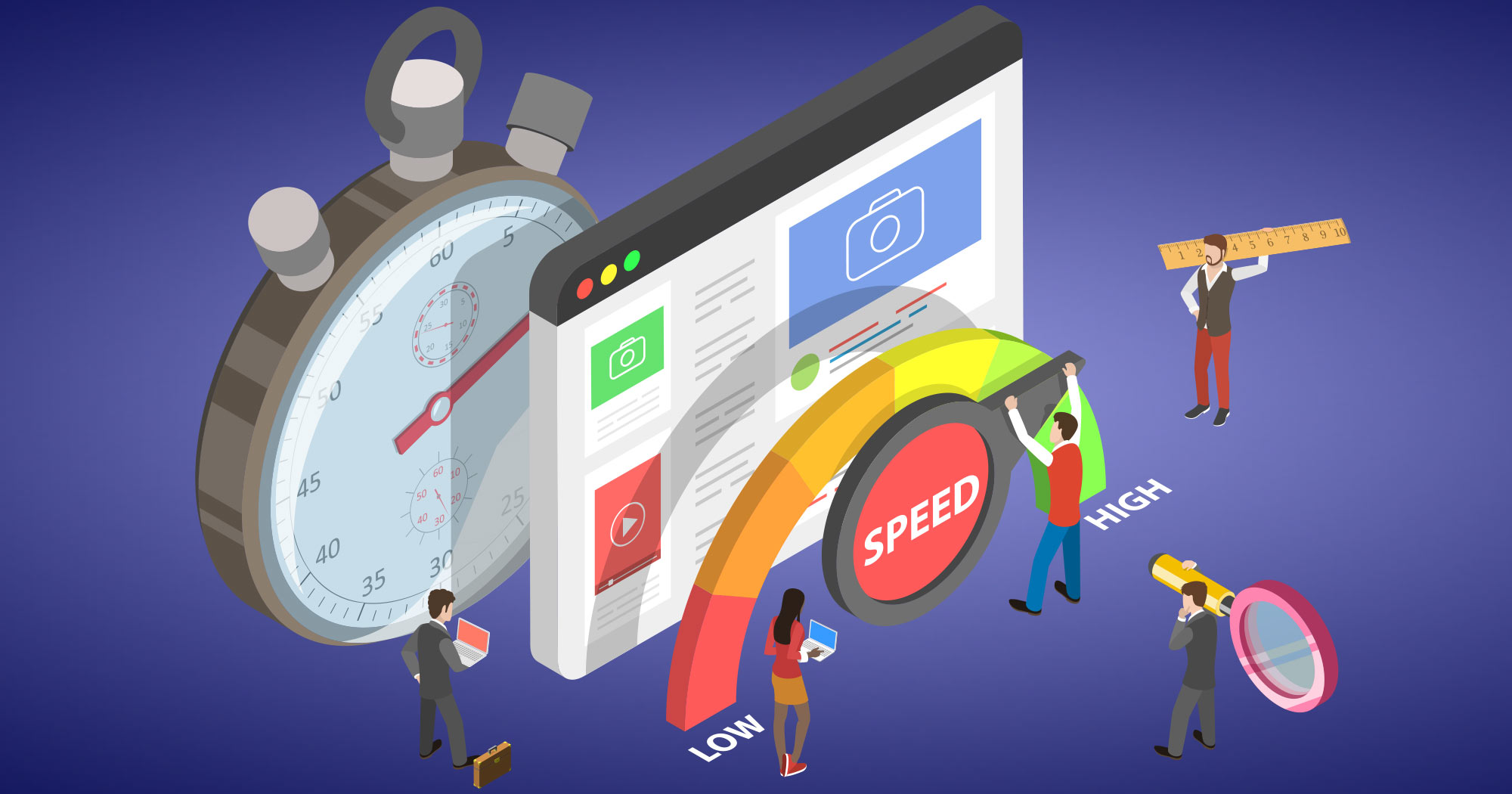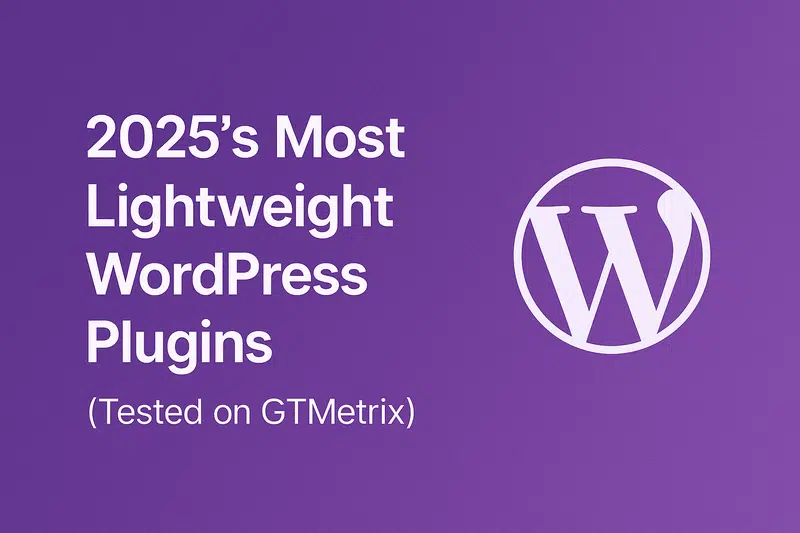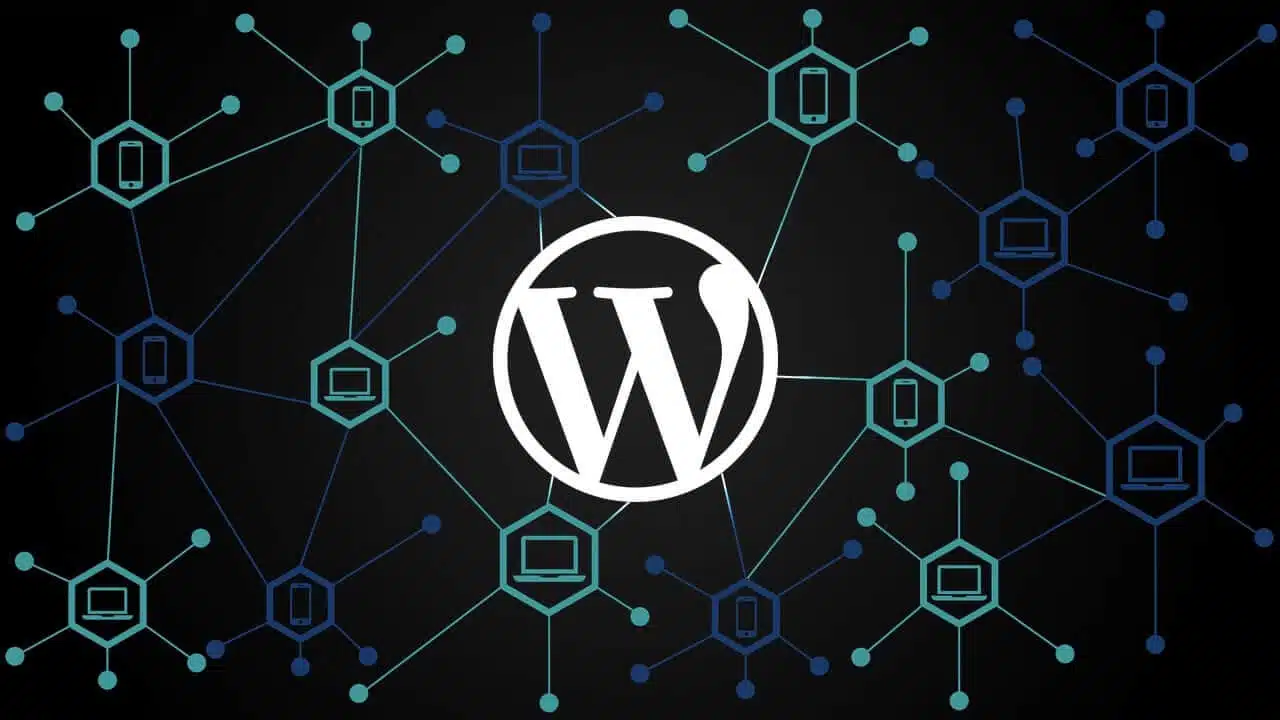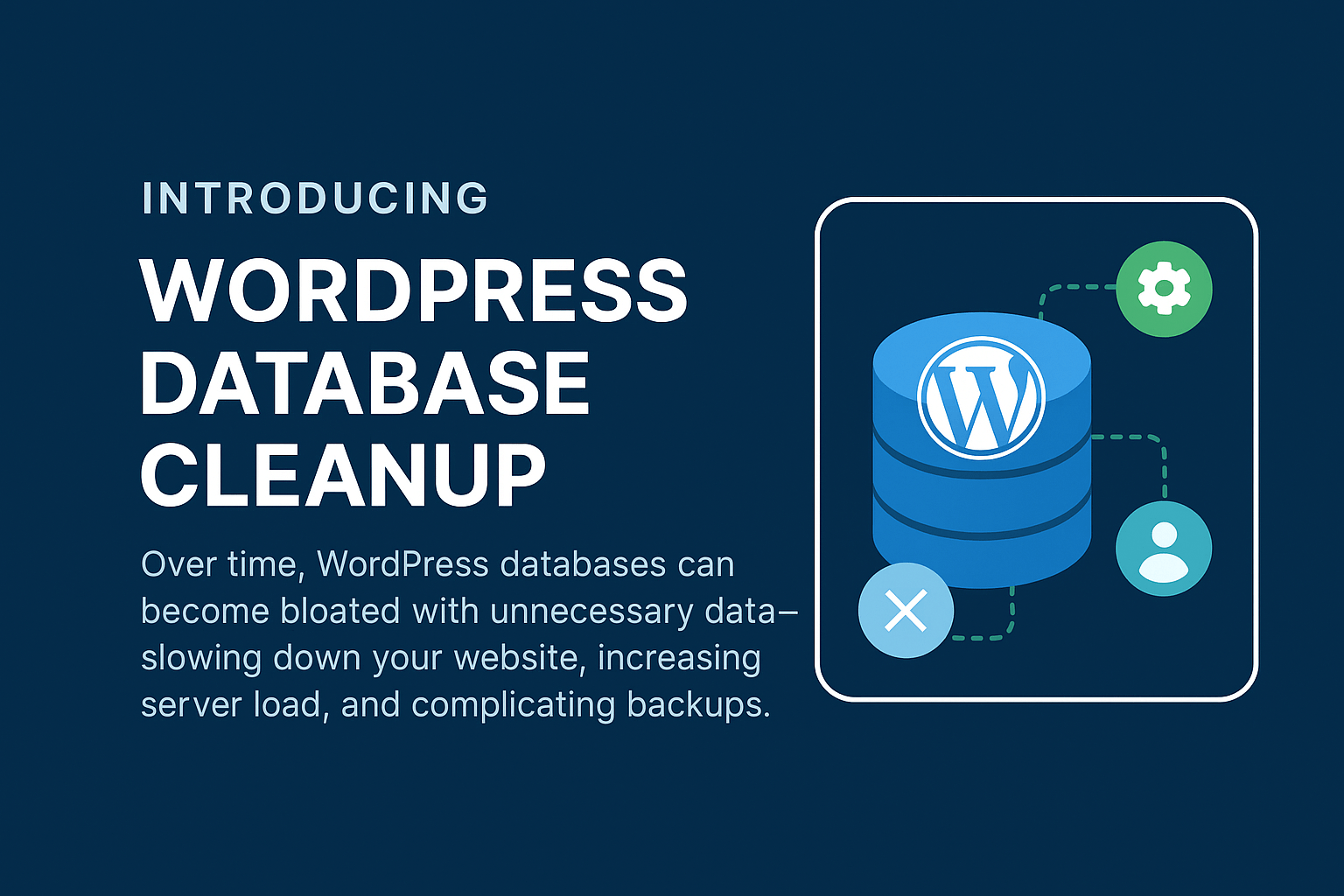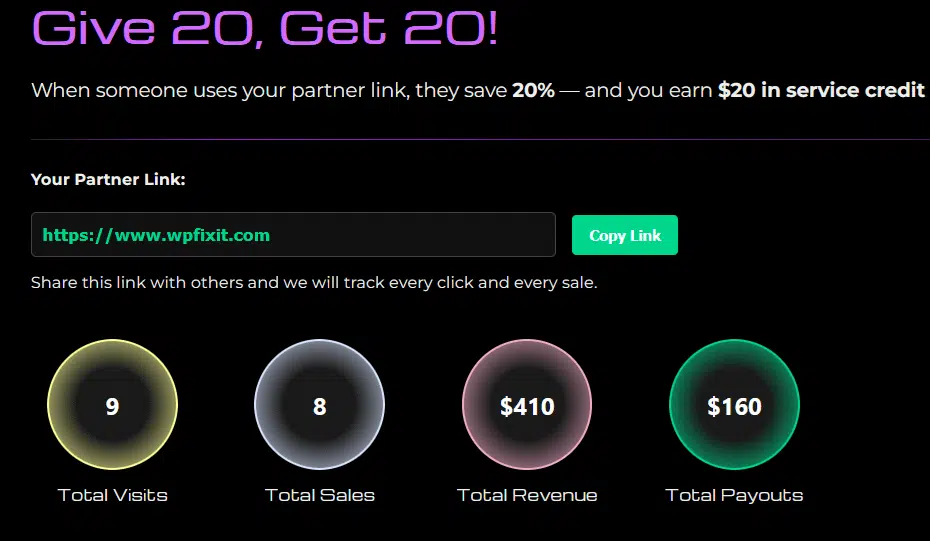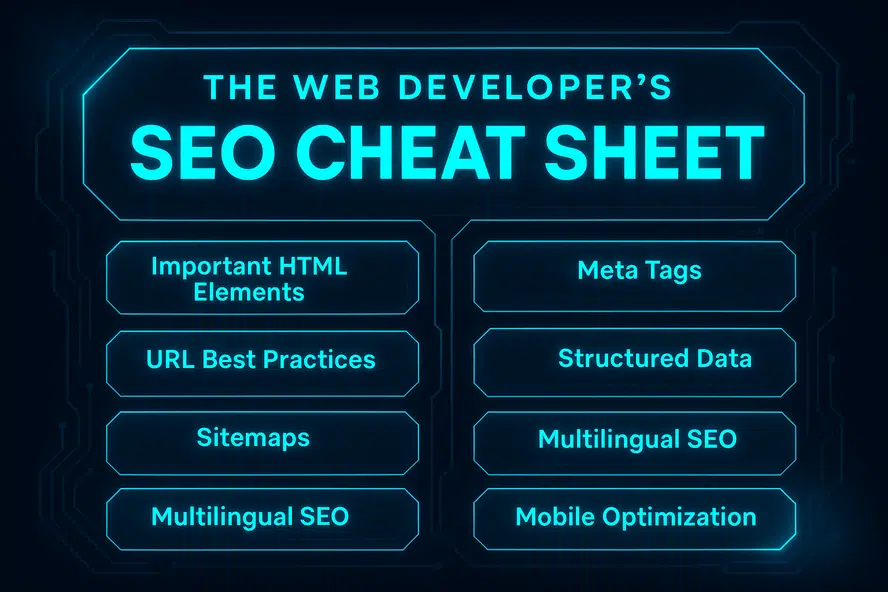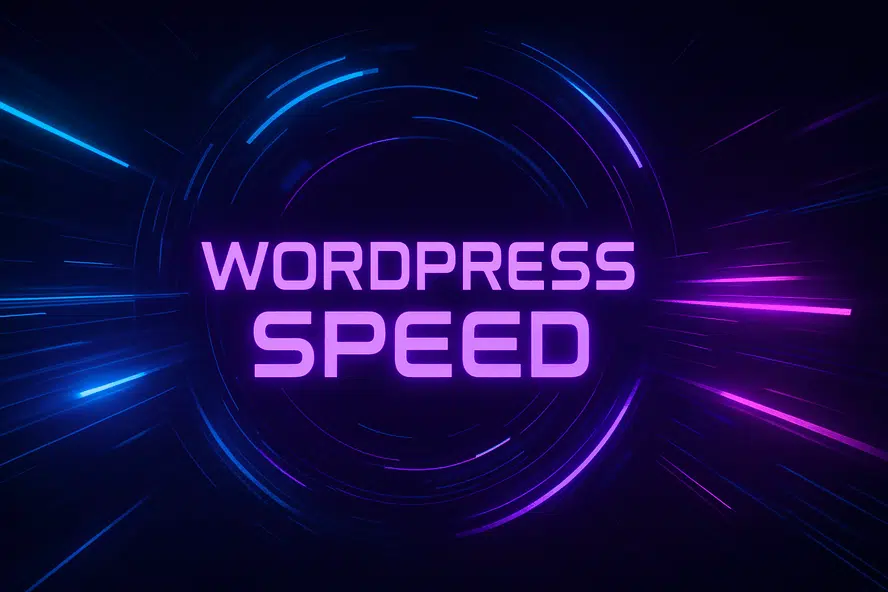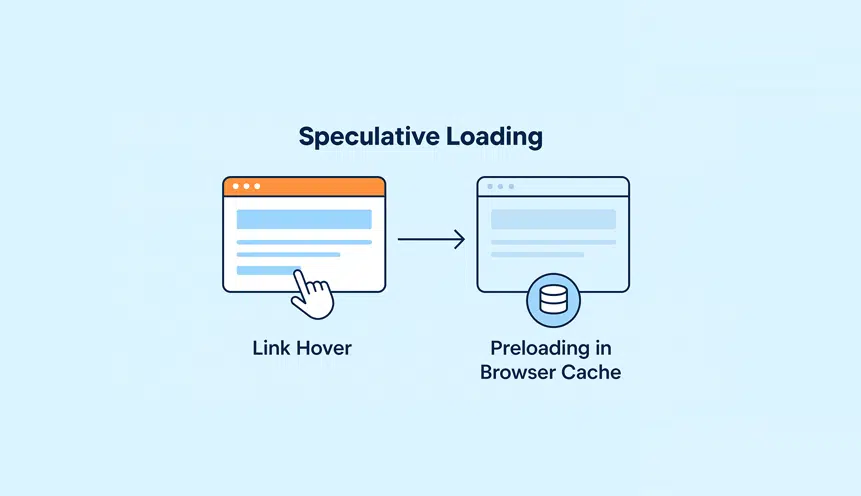Want to know the top common WordPress security issues?
Avoid these Common WordPress Security Issues at all cost to keep your site running securely. Did you know that WordPress accounted for a frightening 90% of all hacked content management systems in 2018? According to a report by Sucuri, Magento comes in second with 4.6%, while Joomla! sits in third place with 4.3%. But this doesn’t mean WordPress is less secure than other CMSs. With around 75,000,000 websites running on WordPress, it has become the easiest target for cyber criminals. So let’s take a look at some of the most common threats and ways to avoid them.
Login Vulnerabilities – Common WordPress Security Issues
Being a gateway to your WordPress website, the login page is the primary target for hackers. Malicious actors try to guess your login credentials by utilizing brute force attacks to acquire website access. And as soon as they manage to get to your admin dashboard, they basically have control over the whole site. These vulnerabilities are usually the result of using weak passwords and easy-to-guess usernames or having a default login page. So let’s take a look at how you can keep your admin area safe.
Use Strong Usernames and Passwords – Common WordPress Security Issues
Hackers utilize sophisticated methods which allow them to crack login credentials within minutes. If you are using a weak password or username, you are making their jobs far too easy. Since WordPress doesn’t enforce the use of strong passwords, it is on you to create unique and hard-to-guess login credentials.
The username is the first line of defense against cyber criminals. Therefore, avoid using common or default usernames such as super admin, admin, editor, or even common personal names like John, Tom, Mary etc. As far as the passwords go, experts recommend using long passphrases of 15 characters or more. You should also use a combination of uppercase and lowercase letters and special characters.
Avoid Using a Default Login Page – Common WordPress Security Issues
Most hackers do not perform manual attacks. Rather, they access the login page and crack the login credentials using bots. Accessing the default login page of a WordPress website is not that difficult as most use the default login page (www.yoursite.com/wp-admin). If you want to prevent bots from accessing your admin area, you can change the default login page to something different, e.g. “www.yoursite.com/welcometomysite”.
Outdated Plugins and Themes – Common WordPress Security Issues
From time to time, developers release updates aimed at fixing various security loopholes involved with WordPress. And if you skip any of these important updates, you are putting your website in danger. Sucuri reports that as much as 80% of WordPress hacks happen due to outdated security themes or plugins, with plugin vulnerabilities making up for the majority of hacks. It might not be obvious, but if you don’t update your themes and plugins, have no doubt that hackers will exploit the vulnerabilities. Basically, it’s like leaving the keys to your front door underneath the mat.
Update Your Plugins – Common WordPress Security Issues
Updating your plugins is easy and you can do it in just a couple of steps:
- Open your WordPress Dashboard.
- Go to the plugins page by selecting “Installed Plugins” from the left hand menu. Here, you will see a list of all your installed plugins.
- Go through the list and identify the plugins which indicate they are ready for an update, click on “Update now” and voila!
Updating the plugins and themes can sometimes lead to unexpected results. Therefore, it would be wise to stage your website and update the plugins and themes in the staging environment to avoid any unpredictable and problematic behaviour.
Don’t use Nulled Plugins – Common WordPress Security Issues
Many site owners believe there is no harm in going with the free, cracked or pirated options when it comes to WordPress plugins. Unfortunately, they are completely wrong. Pirated software is exactly the kind you should avoid like the plague. Why? Well, besides being completely free, these plugins often contain malicious code used to provide hackers with a backdoor to your website. Similarly to not updating your software, you are making it all to easy for cybercriminals to take advantage of your site. To avoid such mishaps, you should update your site by getting your themes and plugins from the official WordPress repository sites.
Poor User Role Management – Common WordPress Security Issues
Being a WordPress website owner, you are designated with an administrative account by default. As you begin to create new accounts, you will have to assign proper user roles to the users that don’t have to have admin privileges. WordPress offers six different types of users roles which are hierarchically organized. The owner has the most privileges and as we go down the hierarchy, the scope of control of each user role decreases.
Here is what the WordPress user role hierarchy looks like:
- Super Admin – This user is the top of the hierarchy and has complete control over the entire site and all of its features.
- Administrator – This user role is the second in line of the hierarchy and grants the user with all administrative rights.
- Editor – This user role is the third one in the hierarchy and this kind of user can publish and manage all of the posts across the website.
- Author – This user role is the fourth in the hierarchy and this user can only publish and manage their own posts.
- Contributor – This user role is the fifth in the hierarchy and this kind of user has the right to write and draft their own posts, but without the possibility of publishing them.
- Subscriber – This is the sixth and final role in the WordPress user role hierarchy and this kind of user can only manage their own WordPress profile.
The Best Way to Manage WordPress User Roles – Common WordPress Security Issues
Proper user-role management centers mostly around the issue of trust. After examining all the privileges a user gets with their user role, you should be able to make informed decisions as to whether that person can be trusted with such “power”. For example, if you manage a website with many outside contributors, it wouldn’t be logical to give them editing rights. You should give this role to an editor you trust, i.e. someone who has proven they know what they are doing.
It is important to know that the site owner should be the Superadmin. Having complete control of the website, they decide who has control over the website’s content. Recklessly assigning user roles almost certainly leads to abuse of power. Even if you trust someone, hackers can still find ways to exploit their recklessness. So be extra careful when assigning someone with an administrator user role.
Lack of a Security Plugin – Common WordPress Security Issues
WordPress security plugins are a very popular option among the platform’s users looking to fortify their websites. And although there are claims that you don’t actually need a security plugin to deter hackers, the uncomfortable truth is users who instal them achieve higher levels of safety. Yes, you can fortify your website manually up to a certain extent and yes, sometimes the plugin has more than you think you need, but you know the old saying – better safe than sorry. Below are some of the most important things security plugins can do for your WordPress site:
- Login page hardening – Even though there are plugins that only deal with login security, most security plugins offer multiple layers of security when it comes to hardening the login page, such as Two-Factor authentication, login page CAPTCHA, adding 2FA to XML-RPC, blocking logins for administrators using weak passwords, etc.
- Database security- Databases can be vulnerable to attacks if you name them using the WordPress’ default naming prefix. And if you want to be on the safe side, you will need to perform regular updates. Moreover, a security plugin saves time as it lets you perform automatic updates.
- Firewall – The main thing about firewalls is they let us block unwanted connections. Because of implementation complexity, WordPress does not offer a firewall solution. But if you are worried about DDoS and brute force attacks, it would be wise to setup a firewall. Security plugins make it easy to implement blocking features and they also offer multiple layers of security.
Which Plugin Should You Choose? – Common WordPress Security Issues
Not everyone needs a security plugin but in reality, if you want to grow and maintain the quality of your website or service, it is highly recommendable to instal one. There are many options out there so you need to make the right choice. To make an informed decision, read through a comprehensive WordPress security plugins comparison. Informing yourself will allow you to get a better understanding of what works for your type of website. But be careful about your choice as this piece of software will ultimately be your first line of defense.
Weak Hosting Infrastructure – Common WordPress Security Issues
Since 30% of the world’s top websites run on WordPress, the hosting industry has become oversaturated with companies trying to win over clients. Consequently, there are plenty of cheap options out there, but the quality of such services is undoubtedly low. What you want from your hosting provider is 24/7 support, extra security, malware scans, etc. Top providers usually use a dynamic web application firewall (WAF) to stop exploits such as code injections etc. This significantly lowers the risk of brute force or a DDoS attack, some of the most common types of attacks used by cyber criminals.
You will also need to protect your WordPress site from threats such as viruses, trojan horses, worms, spyware, keyloggers and adware. Ask your hosting provider if they use real-time malware scanning and chroot separation. There is a lot of questionable traffic on the internet as well, so make sure to check if the provider can stop it from reaching your site. Of course, this kind of service can be costly, but if you monetize your site or service in any way, it sure as hell is a wise investment to make.
Security is a Must – Common WordPress Security Issues
If you run a WordPress website or are planning to create one, security should be your number one priority. Why? Because whatever you plan to do, you could lose it all due to some generic hacking attack. Your investments would go to waste and you would actually be helping cybercriminals get what they want. However, if you learn about the various WordPress security issues and how to deal with them, you can easily avoid any of the threats lurking around the dark corners of the internet.
Harden your login page to avoid any login vulnerabilities by using strong passwords and by changing the default login page. Do not use outdated plugins and themes. Rather, find out how you can update your plugins in a safe way and by all means avoid installing nulled software. Learn about the proper way to manage user roles and stick to the best practices. You can enhance the security of your website with a security plugin, but remember to make an informed decision. Finally, think about investing in a reliable hosting provider to avoid threats such as malware injections, trojans, etc.





